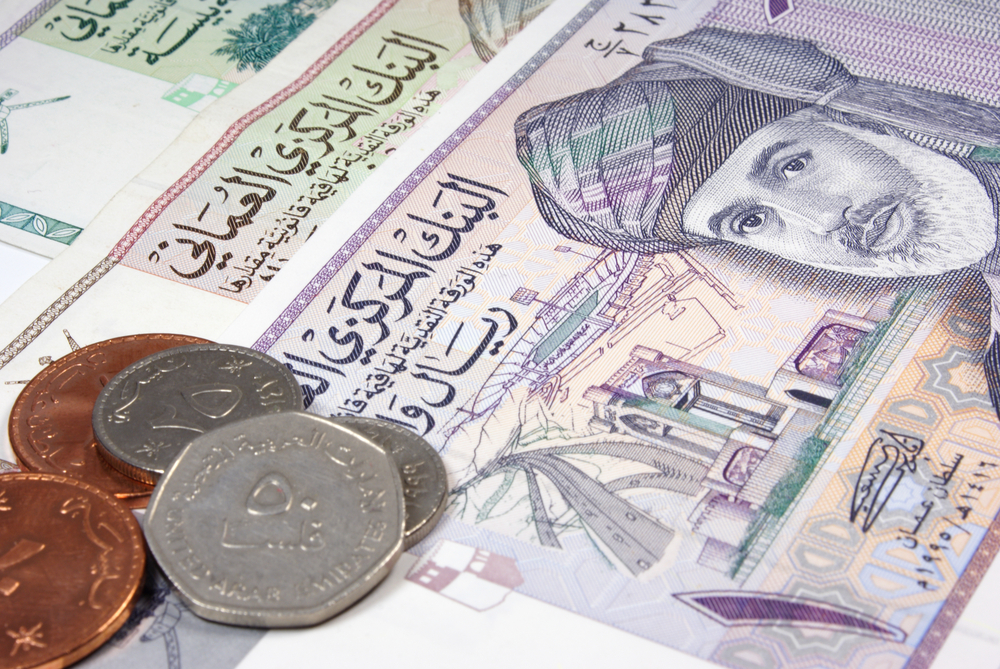RIYADH: The total credit extended by Oman’s banking sector surged by 7.4 percent year on year to reach 32.9 billion Omani rials ($85.46 billion) by the end of February, new figures showed.
Released by the Central Bank of Oman, the data indicated that credit extended to the private sector rose by 6.1 percent annually to 27.3 billion rials during the same period.
This aligns with Oman’s projected economic growth of 3.4 percent in 2025, outpacing many global peers, according to Minister of Commerce, Industry and Investment Promotion Qais bin Mohammed Al-Yousef, who spoke at the International Investment Forum in Muscat in April.
The February report said: “Non-financial corporations received the highest share of the total private sector credit at approximately 46.3 percent at end-February 2025, followed by the household sector at 44.3 percent.”

Oman achieved a 6.2 percent budget surplus and a 2.4 percent current account gain in 2024, driven by prudent fiscal policies, high oil prices, and nonhydrocarbon export growth. Shutterstock
It added: “The share of financial corporations was 5.5 percent while other sectors received the remaining 3.8 percent of total private sector credit as at the end of February 2025.”
The analysis further revealed that total deposits in the Omani banking sector registered a 6.4 percent year-on-year growth to reach 32 billion rials at the end of February. It added that total private sector deposits increased 8.2 percent to 21 billion rials.
“In terms of sector-wise composition of private sector deposits, the biggest contribution is from household deposits at 50.3 percent, followed by non-financial corporations at 30.4 percent, financial corporations at 16.9 percent and other sectors at 2.4 percent,” the report concluded in that regard.
In January, the 2024 Article IV consultation issued by the International Monetary Fund disclosed that Oman achieved a 6.2 percent budget surplus and a 2.4 percent current account gain in 2024, driven by prudent fiscal policies, high oil prices, and nonhydrocarbon export growth. At the time, the IMF attributed these figures to effective economic management.
Despite higher social spending under a new protection law, the nonhydrocarbon primary deficit as a share of nonhydrocarbon gross domestic product remained stable, highlighting the government’s commitment to financial discipline, the IMF release explained at the time.
Government debt as a percentage of gross domestic product also declined further, reaching 35 percent in 2024, marking continued improvement in Oman’s economic fundamentals.
The findings reflect the broader resilience across the Gulf Cooperation Council region, as highlighted in a December IMF report, which noted that GCC economies have successfully navigated recent shocks, thanks to robust non-hydrocarbon growth and continued reform efforts.





























